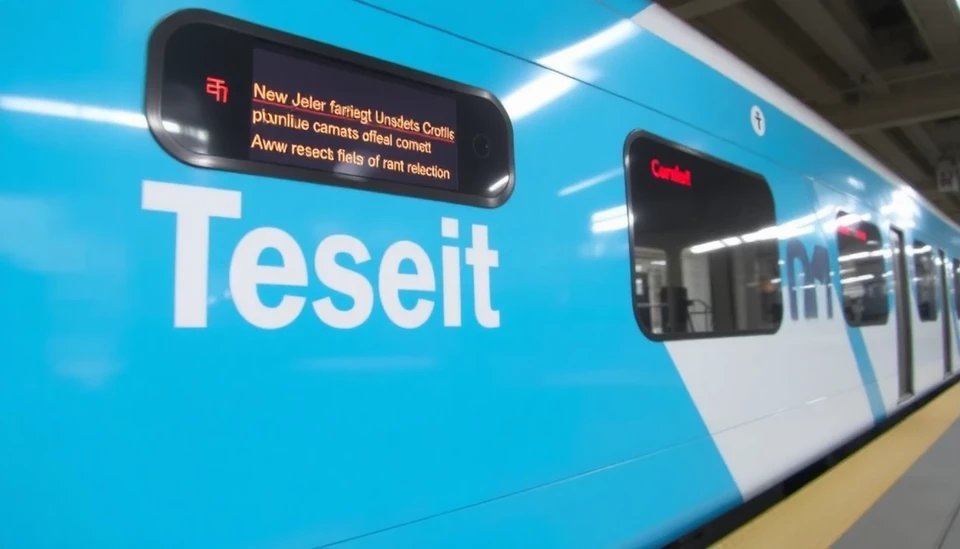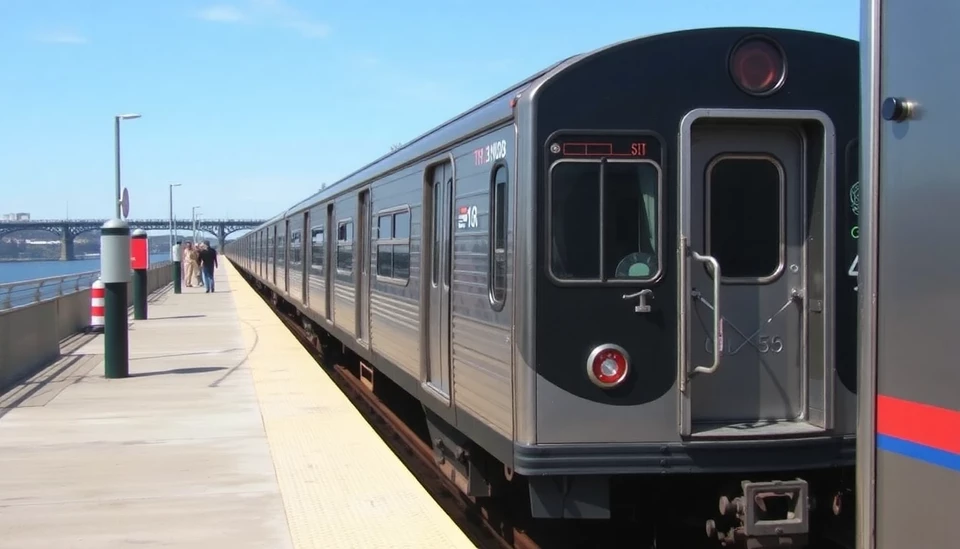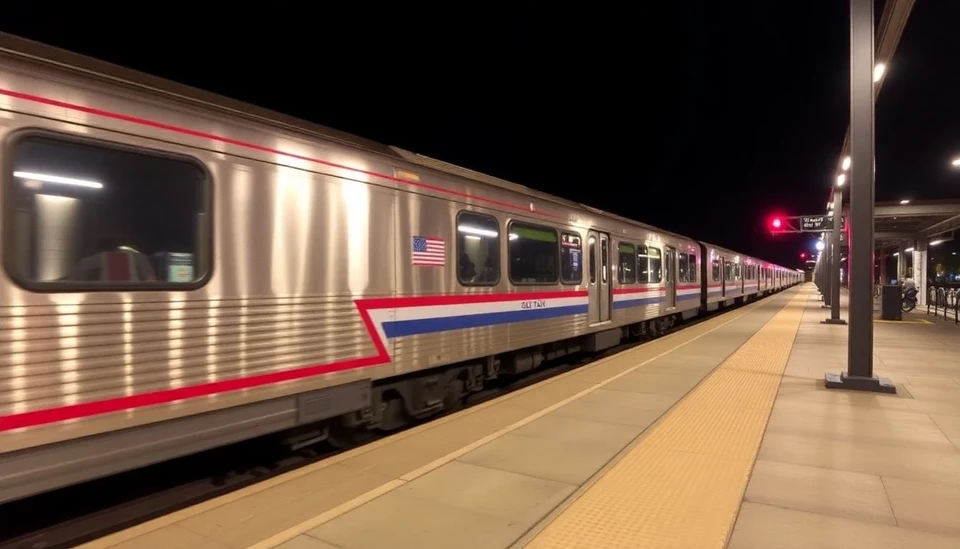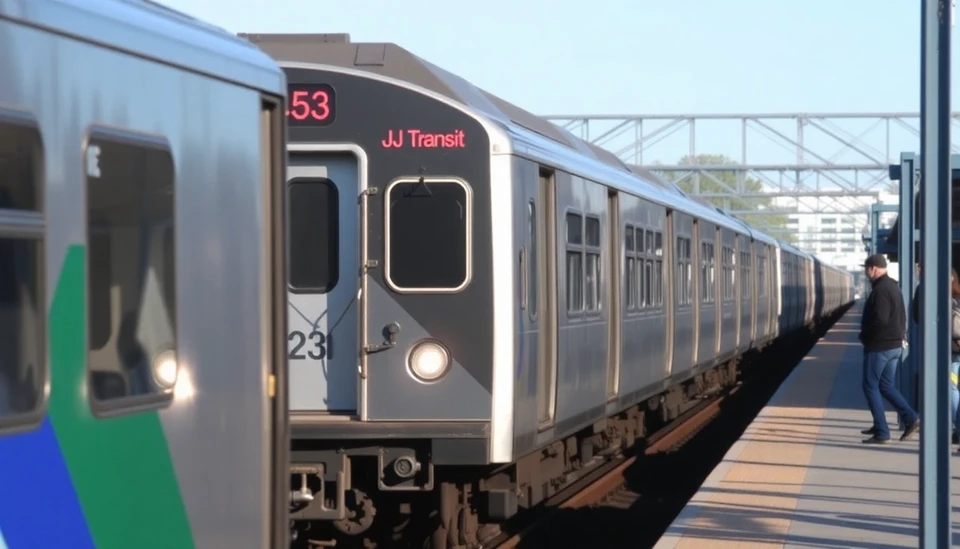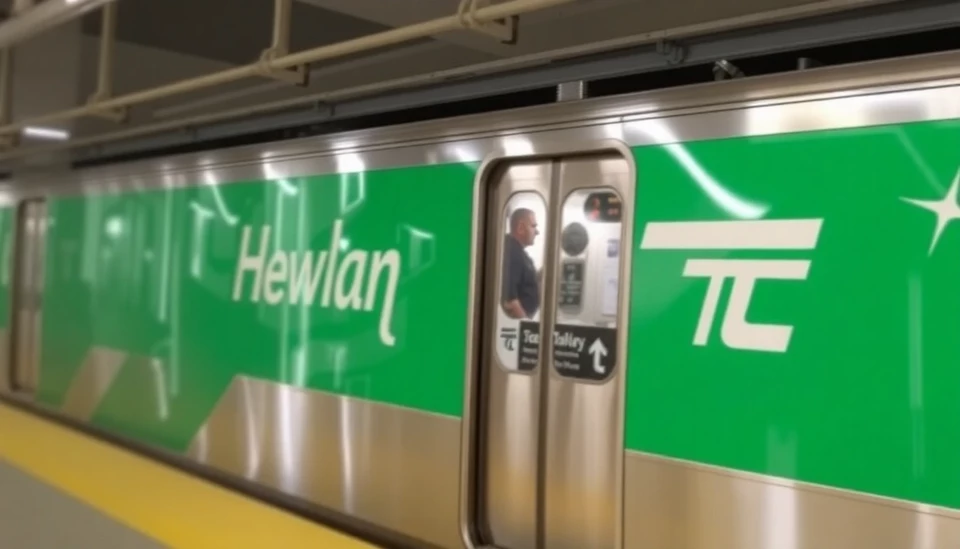
In an alarming trend, New Jersey Transit has been grappling with substantial delays that threaten the efficiency and reliability of public transportation in the state. A recent analysis reveals that commuters are facing unprecedented wait times, with implications not only for daily commuters but also for the state's economy. The ongoing delays raise questions about the operational strategies of New Jersey Transit and its ability to maintain a dependable service amid increasing passenger demand.
The data highlights a stark increase in the frequency and duration of delays over the past few years, particularly pointing to a marked escalation in 2025. While many factors contribute to these disruptions, aging infrastructure, increased ridership, and budgetary constraints have emerged as prominent culprits. Commuters, who once enjoyed a reasonably reliable service, now find themselves significantly impacted, affecting their work-life balance and overall productivity.
Analyzing the situation further, it becomes evident that New Jersey Transit’s struggles are symptomatic of a larger issue facing public transportation systems across the United States. Many factors converge to create a difficult operating environment. Expert analyses suggest that a lack of sustained investment in both infrastructure upgrades and technology has inhibited the agency's ability to adapt to growing demands and changing commuting dynamics.
Furthermore, many riders are expressing frustration over the perceived lack of communication from transit officials regarding delays. Passengers often feel left in the dark, contributing to growing dissatisfaction with the service. The implications of these operational shortcomings extend beyond individual inconveniences; they could potentially deter future ridership and harm local economies dependent on consistent transportation for goods and services.
To combat this growing crisis, experts recommend significant changes in policy and funding. Suggested measures include increased federal and state investment in public transportation infrastructure, better integration of technology to facilitate real-time updates for commuters, and a commitment to regular maintenance of aging transit assets. Without these interventions, the state risks not only the trust of its commuters but also the long-term viability of its public transit system.
It's a pivotal moment for New Jersey Transit, where decisions made today could either lead to a renaissance in public transportation or reinforce a legacy of inefficiency and frustration. As discussions continue on how best to address these delays, stakeholders are urged to collaborate closely to develop comprehensive solutions that align with the needs of the riding public.
In conclusion, the current situation is critical. The future of transportation in New Jersey lies in the balance, and decisive action is required to steer the system back on course, ensuring that it meets the demands of its users in the years to come.
#NJTransit #Delays #PublicTransportation #Infrastructure #Commuters #FutureChallenges #TransitSystem
Author: Victoria Adams
